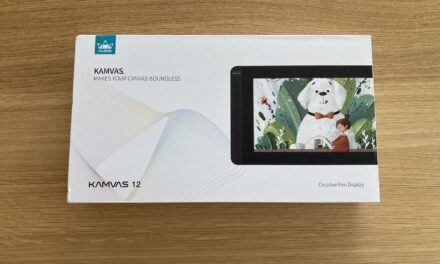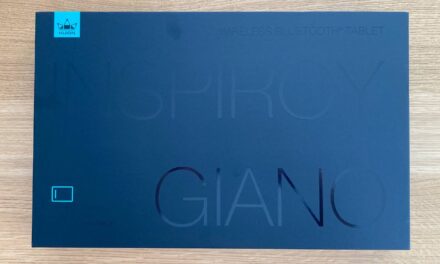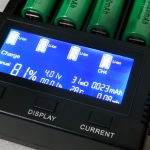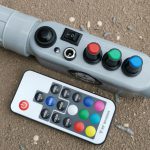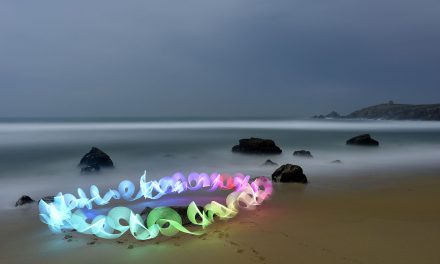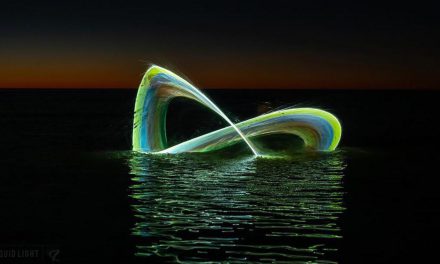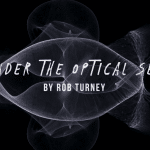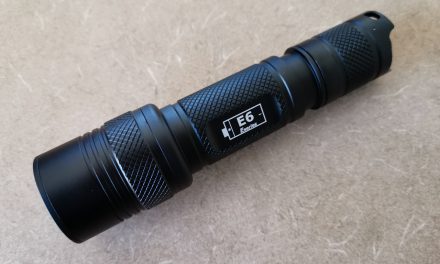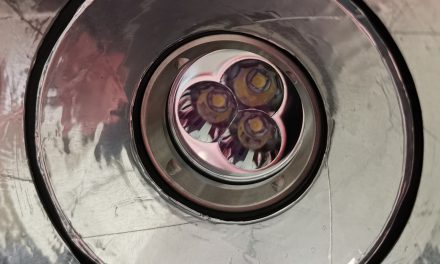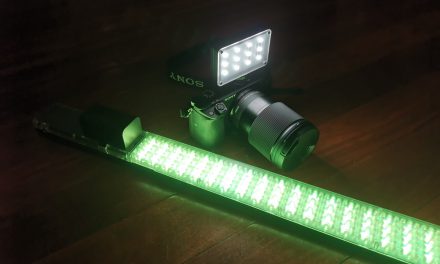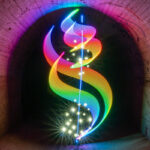
Flashlight Review: Sofirn SP31 V2.0
Sofirn are an increasingly popular budget light manufacturer, also known for making lights under the Thorfire brand. The “tactical” SP31 V2.0 flashlight has been around for a few years, and is the successor to the popular Thorfire TK15S / Sofirn SP31.
Disclaimer
The Sofirn SP31 V2.0 was purchased with my own funds.
Product Link
Construction
The Sofirn SP31 V2.0 is an 18650 tube light format, and an evolution of the Sofirn SP31 / Thorfire TK15S flashlights. With a head diameter of 23.4mm, it fits with Light Painting Brushes, Light Painting Paradise, and Light Painting Tubes systems. There are two switches, a side switch for changing modes, and a forward clicky/momentary tail switch for on/off and momentary control.
The light arrived in a generic Sofirn branded box, with good instructions, side clip, lanyard, and spare O-rings. The light is also compatible with Convoy S2+ 24.5mm diffusers, and U-shaped tripod mount. The light is in the budget category, often retailing at around US$20-25, or $25-30 with battery and basic charger.
The light accepts 18650 li-ion batteries, and as there are springs at both ends of the battery tube, it allows the use of flat top and button top, as well as protected and unprotected 18650 batteries. I would recommend batteries than can handle at least 5A current, and the light was tested with a Sanyo/Panasonic NCR18650GA unprotected 18650. The light is also optionally available with a Sofirn branded unprotected 3000mAh 18650 battery and basic charger included (though I would recommend getting a better charger). The light can be mechanically locked out for safety by slightly unscrewing the tail cap.
The eagle eyed will notice similarities with the highly rated Light Painting Paradise Light Painter - Ryu’s Lightworks flashlight, which uses the Sofirn SP31 V2.0 host and XP-L HI emitter, but with an upgraded LED driver, and firmware/user interface designed for light painters.
Sofirn SP31 V2.0 Package
Sofirn SP31 V2.0
User Interface
The light has two switches. The tail switch is of a forward clicky design, also known as a momentary switch, or tactical switch. This allows for fine on/off control when light drawing. The side switch is used to change modes. This is not accessible whilst in most light painting connectors.
Tail switch full click - on/off.
Tail switch half press and hold - momentary on.
Side switch single click Eco>Low>Medium>High>Turbo.
Side switch long press for Strobe, then single click >SOS>Strobe.
All modes are memorized except for Strobe and SOS.
Having mode memory for momentary control for all continuous brightness modes is very useful for light drawing. Unfortunately, the strobe is alternating frequency, and in a backward step from the Thorfire TK15S, is not memorized, and cannot be accessed by momentary. I also preferred the up/down mode cycle on the TK15S as opposed to the up only cycle mode cycle on the SP31 V2.0. During a night of light painting, the side switch was accidentally activated once whilst in a connector. Unlike the Convoy S2+, the SP31 V2.0 can be shaken around during fiber optic light painting without causing an accidental mode change.
The side switch has an indicator light that indicates the battery capacity for the first 5 seconds after the light is turned on. Green is >3.6V (approx. 40% capacity), Red is 3.6 to 3.1V, and flashing Red is >3.1V. Below 3.0V the light will step-down to around 1lm.
Beam and Output
The tested SP31 V2.0 uses a (genuine) Cree XP-L HI emitter in a smooth reflector. This creates a reasonably throwy beam profile (12,000cd) which is good for illuminating a range of light painting tools. The emitter has a tint of 5400-5700k which is somewhere in-between neutral and cool white, and a Colour Rendering Index (CRI) of around 70. The Sofirn SP31 V2.0 is also sometimes available with the floodier neutral white Samsung LH351D 4000k and 5000k emitter options, which have a higher CRI of 90, but will have more of a light gradient with longer light painting tools.
The light has a maximum brightness of 1200 lumens. This should be bright enough for most light painting requirements. There is a step-down from turbo to high after 3m20secs, which is reasonable for a light of this size. The brightness modes are very well spaced at 5lm, 50lm, 160lm, 500lm, and 1200lm, which is an improvement over the TK15S which missed out the 160lm level. All modes (apart from Turbo) the brightness stayed consistent throughout most the the runtime, and on 500lm mode that brightness was sustained for 150 minutes. My testing was within 10% of the stated lumen figures.
There was no visible Pulse Width Modulation (PWM) detected on any mode.
Sofirn SP31 V2.0 Beam Shot
LightPainter and Sofirn SP31 V2.0
Unfortunately, the Sofirn SP31 V2.0 has an alternating frequency strobe
Orange light trails created with the Sofirn SP31 V2.0 - 500lm setting, f/8, ISO100.
Conclusion
Things I liked:
- Good beam profile for light painting
- Momentary switch for all continuous modes
- Mode memory for all continuous modes
- Good range of brightness steps
- Accepts protected and unprotected 18650 batteries
- No PWM
- Fits most light painting systems
- Well priced and well built
Things I didn’t like:
- Strobe is alternating frequency
- No momentary or mode memory for strobe mode
The Sofirn SP31 v2.0 is a good budget flashlight for light painting (light drawing) as long as you don’t want to use strobe mode. Due to the host and emitter similarities, the XP-L HI version is a good non-strobe companion light to the strobe monster Light Painting Paradise LightPainter - Ryus’s Lightworks flashlight.
I’m still looking for the holy grail of budget flashlights that have a constant frequency strobe, plus mode memory and momentary on all modes including strobe.

